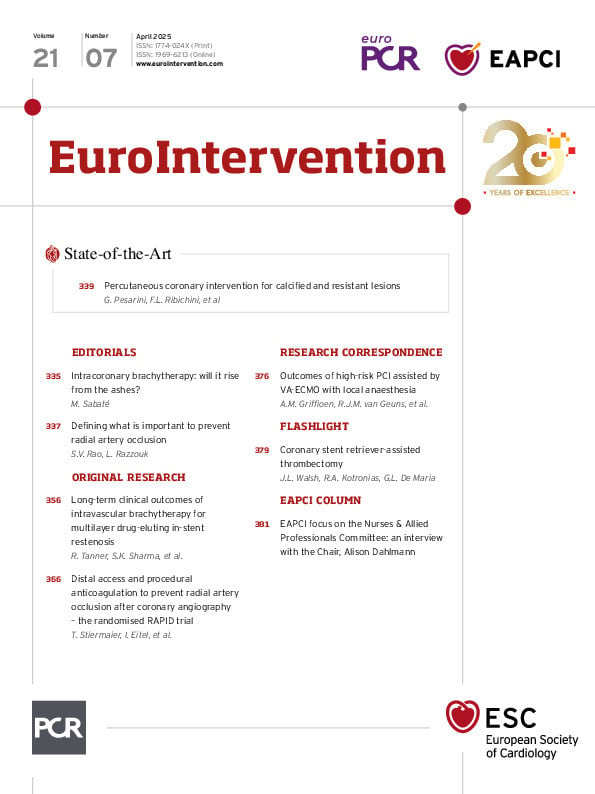What is the role of the EAPCI NAP Committee?
Alongside my Co-Chair, Angeliki Kolyda, and our committee members, our role is to promote and highlight the work of nurses and allied professionals (NAPs) in the field of interventional cardiology. We are a diverse group of committee members from various EAPCI National and Affiliated Cardiac Societies, representing a diversity of professions, experience and skills.
How does the Committee benefit the community?
For a NAP, it can be challenging to understand how to reach out to, collaborate with and share information with your peers in interventional cardiology outside your own cath lab. Congresses, workshops, medical communications and publications are often dedicated to doctors, with limited information available for NAPs who have specialised in interventional cardiology. The NAP community has developed over the years from an informal basis to a dedicated community and committee within the EAPCI. We want to continue to support the NAPs who are involved in the community and expand our support to those who have not yet had the opportunity to join and collaborate with a broader group of people. Our role is twofold: to facilitate and create discussion between NAPs who are involved in the community and to open the doors to new members.
How does the Committee work with other EAPCI Committees?
We are all part of the same EAPCI family with a common goal: to improve the way we take care of patients with cardiovascular disease.
What are the key projects you are working on during your term?
As you may (or may not) know, the prior NAP Committee created an online course for NAPs working in interventional cardiology. It is an amazing tool with 9 modules that cover all the knowledge a NAP should have when working in a cath lab. It ranges from structural procedures to electrocardiograms, patient management to pharmacology, and more. There are more than 48 hours of self-directed learning with videos and explanations from specialists to enable a better understanding of our daily work.
Our main focus this year will be to promote the course and allow and encourage people to experience for themselves how helpful it is. There are modules designed for everyone, whether you are new to the cath lab or have 10 years’ experience. This course is made for everyone: by NAPs for NAPs.
How can EAPCI members become involved in the work of the Committee?
The main work of the Committee is to promote and grow our NAP community. By being part of this community and sharing with others, we gain visibility. EAPCI members can join us on social media (Linkedin: “Nurses and Allied Professionals in Interventional Cardiology” and Facebook: “EAPCI Nurses and Allied Professionals Community”) and help us shape the future for NAPs in interventional cardiology. Whether they are working in a large centre or in the smallest cath lab in their country, these platforms are made for them. Here you can find guidelines, articles, surveys, information about national/international congresses, etc., but most importantly, you can interact with peers from around the globe and discuss daily life in the cath lab. We really look forward meeting all of you!

